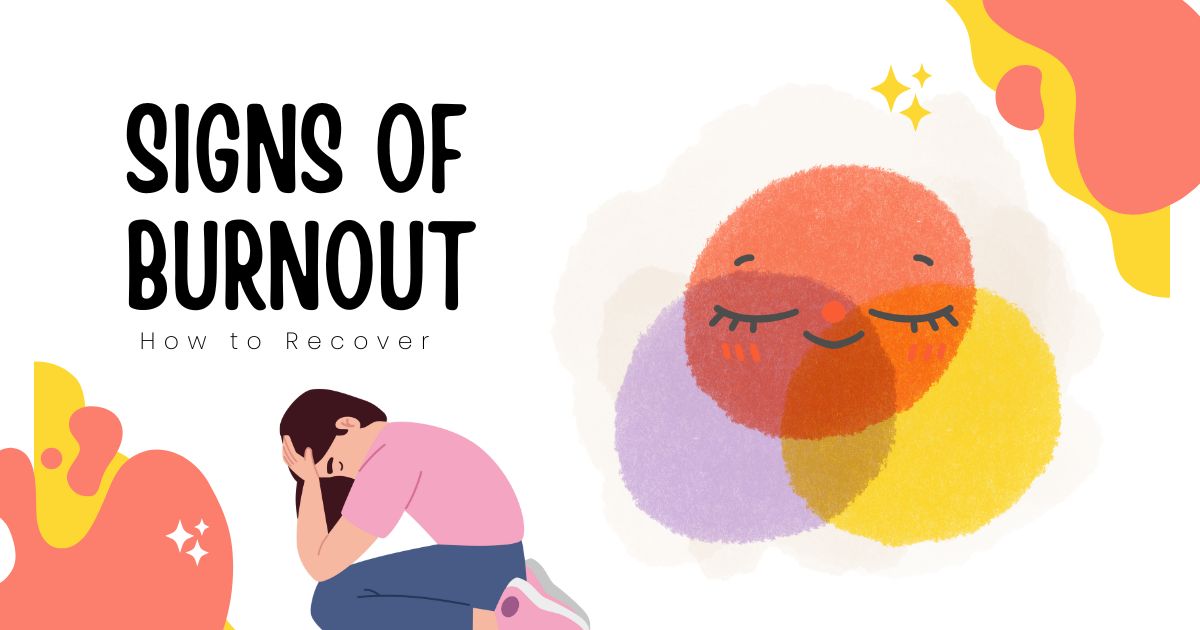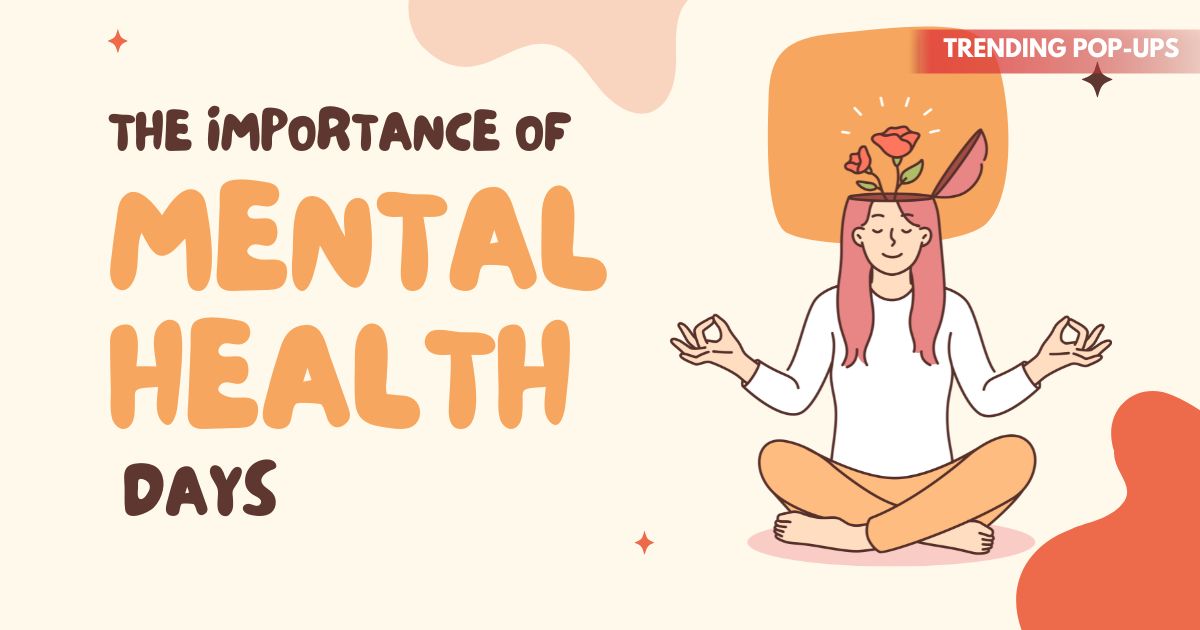In today’s fast-paced world, stress has become a constant companion. While occasional stress can motivate us, prolonged exposure without relief can lead to burnout—a state of physical, emotional, and mental exhaustion. Burnout affects productivity, relationships, and overall well-being, making it crucial to recognize the signs early and take actionable steps to recover.
This guide will help you identify the signs of burnout, understand its causes, and explore effective recovery strategies.
What Is Burnout?
Burnout is more than feeling tired. It’s a chronic state of emotional, mental, and physical exhaustion caused by excessive and prolonged stress. It can result from work pressure, caregiving responsibilities, or even the constant demands of modern life.
Key characteristics of burnout include:
-
Feeling drained and emotionally depleted
-
Reduced performance and productivity
-
Loss of motivation or sense of accomplishment
-
Increased irritability and detachment
Recognizing burnout early is essential for recovery and preventing long-term health consequences.
Common Causes of Burnout
Understanding the root causes of burnout can help you prevent and manage it effectively. Common contributors include:
-
Work Overload – Excessive workloads, unrealistic deadlines, or long working hours.
-
Lack of Control – Feeling powerless in decision-making or your role.
-
Unclear Job Expectations – Not knowing what is expected can lead to frustration and stress.
-
Imbalance Between Work and Life – Neglecting personal time and self-care.
-
Emotional Stress – High-stress personal relationships or caregiving responsibilities.
-
Lack of Support – Minimal support from colleagues, friends, or family.
Signs of Burnout
Burnout can manifest in multiple ways—physically, emotionally, and behaviorally.
1. Physical Signs
-
Chronic fatigue and low energy
-
Frequent headaches or muscle pain
-
Sleep disturbances (insomnia or oversleeping)
-
Gastrointestinal issues
2. Emotional Signs
-
Feeling helpless, trapped, or defeated
-
Increased irritability or mood swings
-
Anxiety or depression
-
Detachment from work, family, or friends
3. Behavioral Signs
-
Reduced productivity and efficiency
-
Procrastination or avoidance of responsibilities
-
Increased reliance on unhealthy coping mechanisms (alcohol, junk food, or drugs)
Recognizing these signs early allows for timely intervention before burnout worsens.
Steps to Recover from Burnout
Recovery from burnout requires intentional changes in lifestyle, mindset, and support systems. Here’s a structured approach:
1. Prioritize Self-Care
-
Ensure adequate sleep and rest
-
Eat balanced, nutritious meals
-
Engage in regular physical activity
-
Practice relaxation techniques like meditation, yoga, or deep breathing
2. Set Boundaries
-
Learn to say no to excessive demands
-
Limit work hours and avoid overcommitment
-
Allocate time for hobbies, relaxation, and social connection
3. Seek Support
-
Talk to friends, family, or mentors about your stress
-
Consider professional help from therapists or counselors
-
Join support groups for shared experiences and coping strategies
4. Reevaluate Goals and Priorities
-
Identify what truly matters in your personal and professional life
-
Set realistic goals and break tasks into manageable steps
-
Focus on achievements rather than perfection
5. Reduce Stressors
-
Minimize exposure to toxic environments or relationships
-
Delegate responsibilities when possible
-
Practice mindfulness and stress-reduction exercises daily
6. Incorporate Relaxation Practices
-
Engage in hobbies or creative outlets
-
Spend time in nature
-
Use guided meditation or breathing exercises to calm the mind
Preventing Burnout
Prevention is better than cure. Some effective strategies to prevent burnout include:
-
Maintain Work-Life Balance: Avoid overworking and schedule personal time.
-
Regular Physical Activity: Exercise reduces stress and improves mood.
-
Healthy Eating: Proper nutrition supports energy levels and mental clarity.
-
Mindfulness and Meditation: These practices enhance resilience and reduce anxiety.
-
Continuous Self-Reflection: Regularly assess your stress levels and adjust commitments.
-
Seek Feedback and Support: Communicate openly at work and home about your needs.
Sample Daily Routine to Combat Burnout
Morning: Meditation or stretching, healthy breakfast, set daily intentions
Workday: Take short breaks, prioritize tasks, set boundaries on workload
Evening: Exercise or walk, connect with loved ones, limit screen time
Night: Relaxation techniques (reading, deep breathing), maintain consistent sleep schedule
Conclusion
Burnout is a serious condition that affects physical, emotional, and mental well-being. Recognizing the signs early and taking proactive steps-such as prioritizing self-care, setting boundaries, seeking support, and managing stress—can help you recover and prevent recurrence. By making small, consistent changes in daily routines, you can restore balance, improve productivity, and reclaim your overall well-being.
Also Read : Debunking Common Nutrition Myths
FAQs
Q1. How do I know if I’m experiencing burnout or just regular stress?
Burnout is chronic and impacts all areas of life, whereas stress is usually short-term and specific to situations.
Q2. Can burnout affect physical health?
Yes. Chronic burnout can lead to insomnia, heart problems, digestive issues, and weakened immunity.
Q3. How long does it take to recover from burnout?
Recovery varies; with consistent self-care and lifestyle changes, improvement may be seen in a few weeks to several months.
Q4. Is professional help necessary for burnout?
For severe or prolonged burnout, consulting a mental health professional is recommended.
Q5. Can exercise help with burnout?
Yes, regular physical activity reduces stress, boosts mood, and improves overall resilience.



